Optimal Timing for Mold Testing
Mold testing is most effective when conducted during periods of high humidity or after water intrusion events. These conditions promote mold growth, making detection more accurate and timely. Testing during these times helps identify hidden mold issues before they become extensive problems.
After flooding or leaks, mold can develop rapidly. Testing soon after water exposure ensures early detection and remediation.
During humid months, mold growth accelerates. Conducting tests can assess indoor air quality and prevent health issues.
Testing prior to buying a property can reveal hidden mold problems, aiding informed decisions.
Testing during remodeling helps identify mold presence in hidden areas and ensures a safe environment.
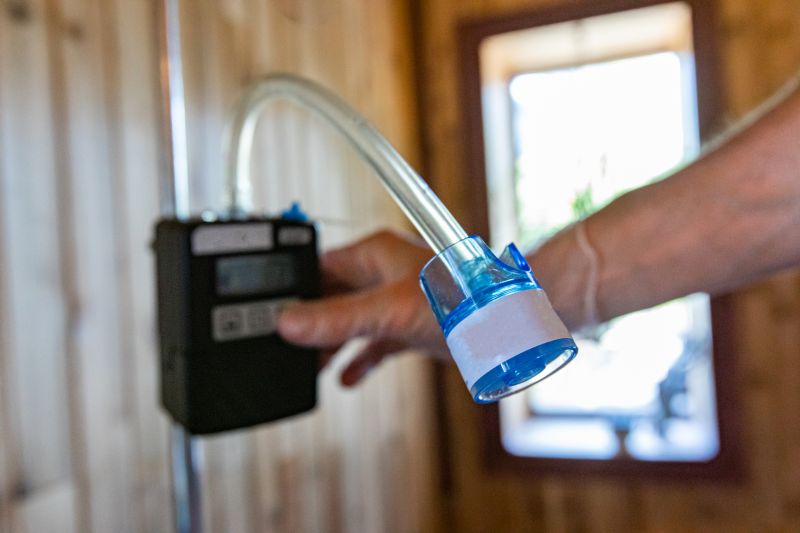
Ways to make Mold Testings work in tight or awkward layouts.
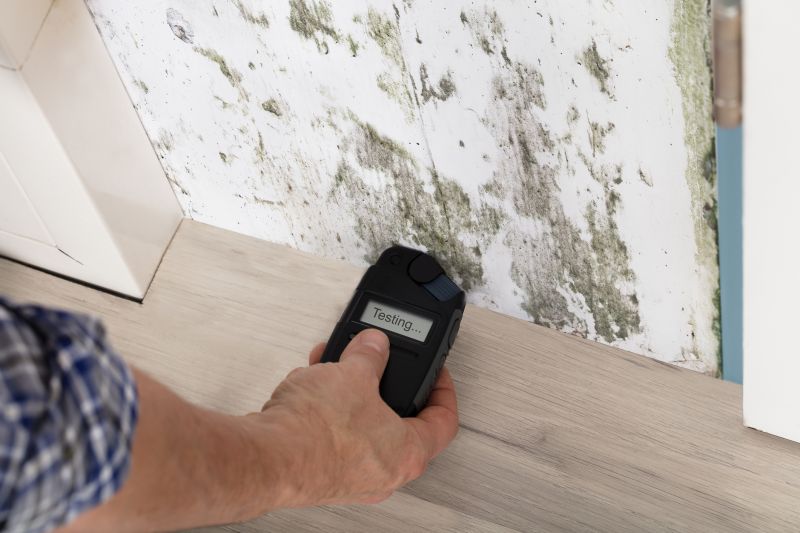
Popular materials for Mold Testings and why they hold up over time.
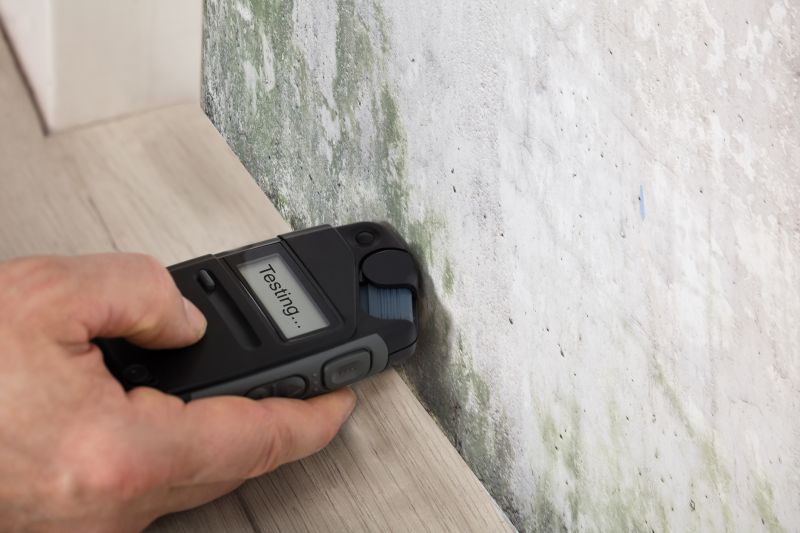
Simple add-ons that improve Mold Testings without blowing the budget.
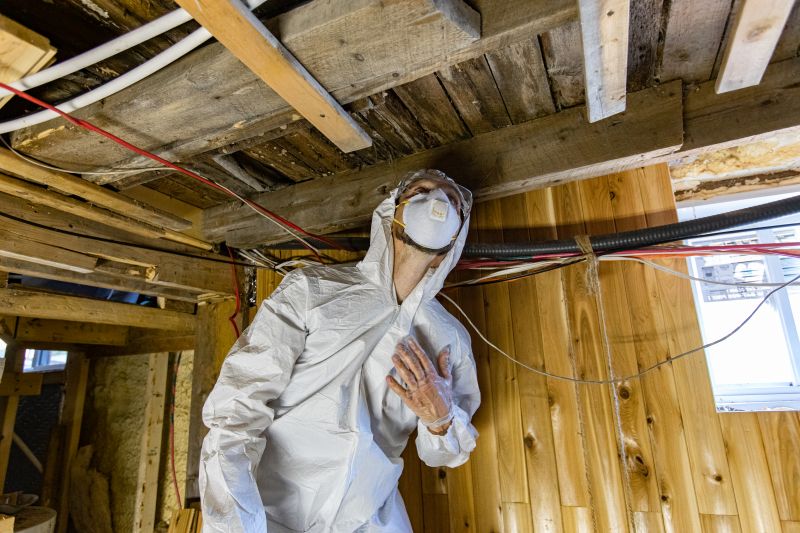
High-end options that actually feel worth it for Mold Testings.
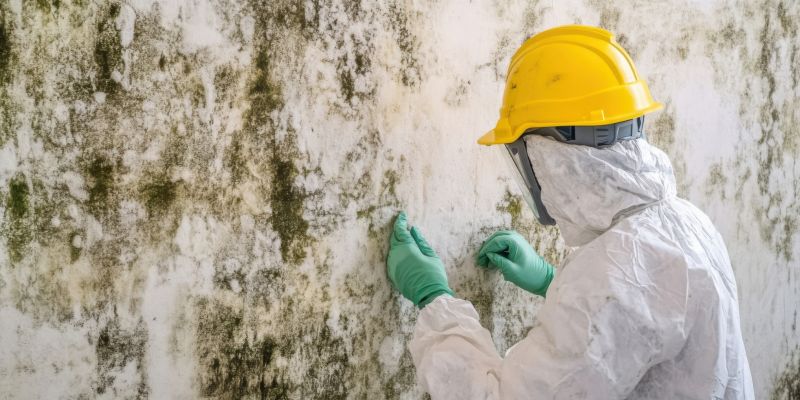
Finishes and colors that play nicely with Mold Testings.

Little measurements that prevent headaches on Mold Testings day.
Mold testing is a critical step in maintaining healthy indoor environments. Mold spores are microscopic and can be present even when not visible. According to the Centers for Disease Control and Prevention, exposure to mold can cause allergic reactions, respiratory issues, and other health problems. Testing provides a clear picture of mold presence and helps determine if remediation is necessary.
| Timing Considerations | Details |
|---|---|
| Post-Water Damage | Immediate testing after water intrusion can prevent mold proliferation. |
| High Humidity Seasons | Testing during humid months helps identify mold growth risks. |
| Pre-Purchase Inspection | Detects hidden mold issues before property transfer. |
| Renovation Periods | Ensures work areas are mold-free during remodeling. |
| Seasonal Monitoring | Regular checks during seasonal changes maintain air quality. |
| After Flood Events | Testing soon after flooding identifies mold in hidden areas. |
| During HVAC Maintenance | Assess mold in air ducts and ventilation systems. |
| In Basements and Attics | These areas are prone to moisture and mold growth. |

A 60-second routine that keeps Mold Testings looking new.
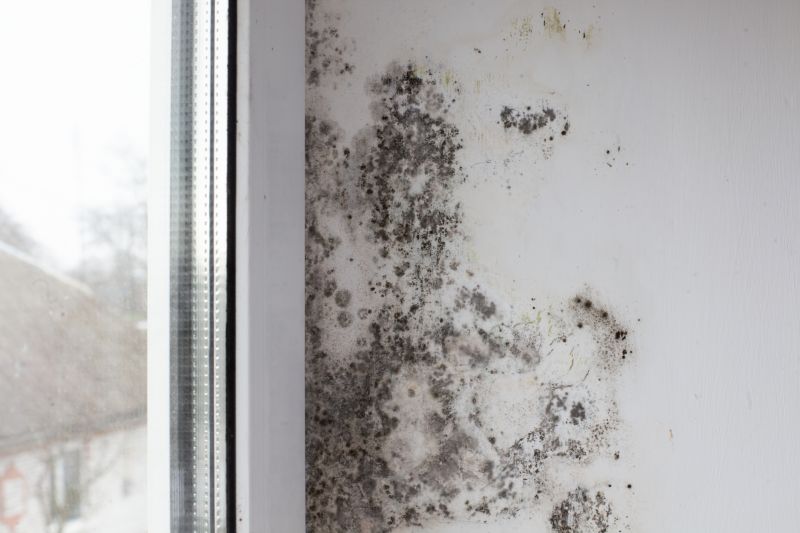
A frequent mistake in Mold Testings and how to dodge it.

Small tweaks to make Mold Testings safer and easier to use.
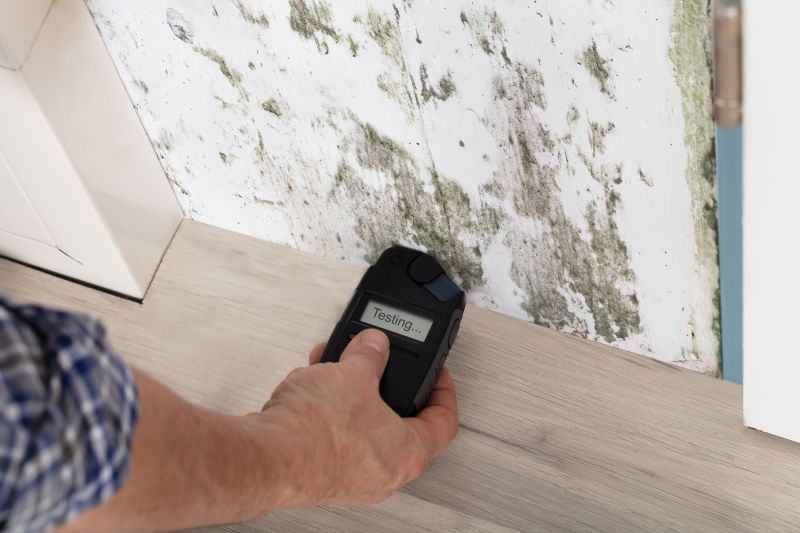
Lower-waste or water-saving choices for Mold Testings.
Understanding the optimal timing for mold testing can lead to more effective detection and remediation. Conducting tests during or shortly after conditions favoring mold growth ensures early intervention. Regular testing, especially in vulnerable areas, supports healthier indoor environments and reduces potential health risks associated with mold exposure.
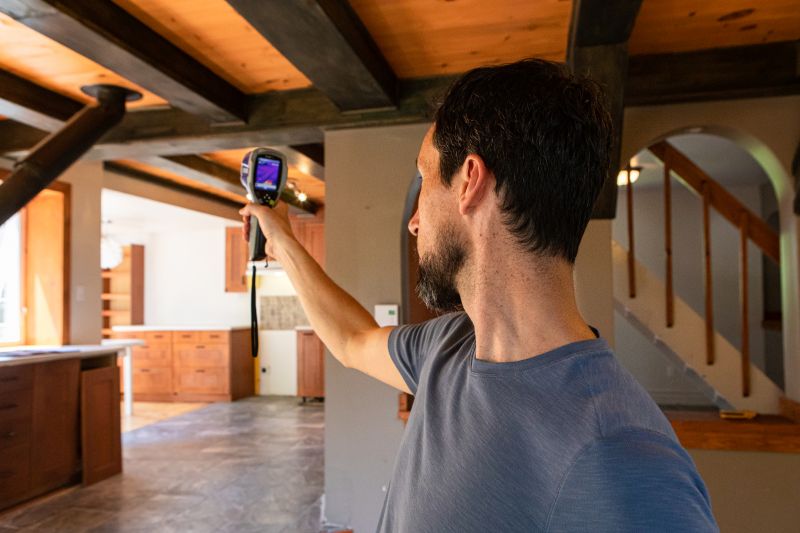
The short, realistic tool list for quality Mold Testings.
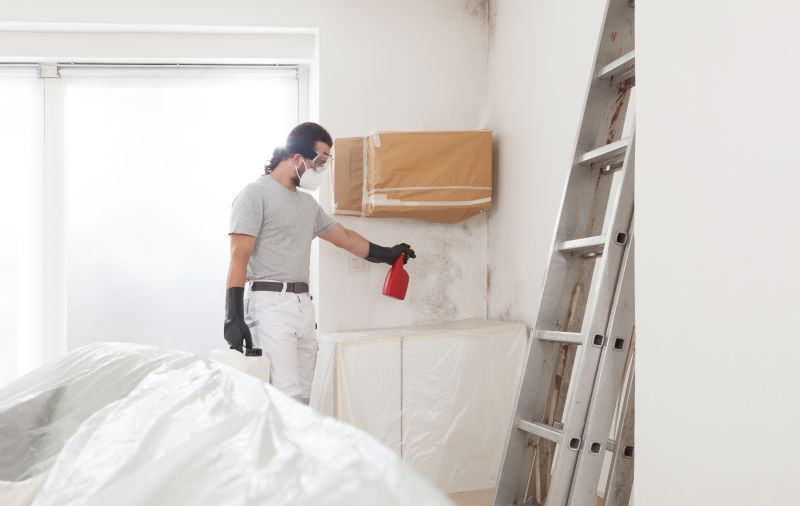
Rough timing from prep to clean-up for Mold Testings.
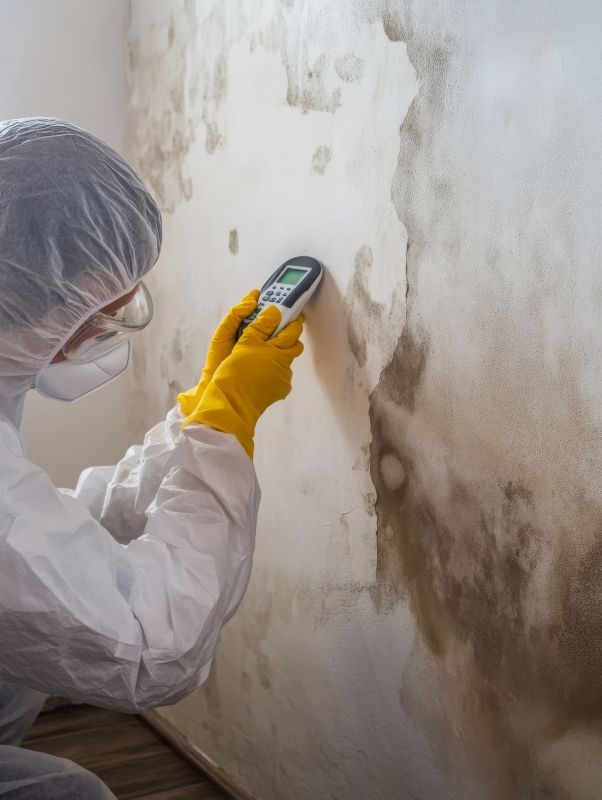
Quick checks and paperwork to keep after Mold Testings.

Examples that show the impact a good Mold Testings can make.
For those interested in mold testing, filling out the contact form can provide guidance on scheduling and procedures. Early testing helps safeguard health and property by detecting mold issues before they become extensive.



